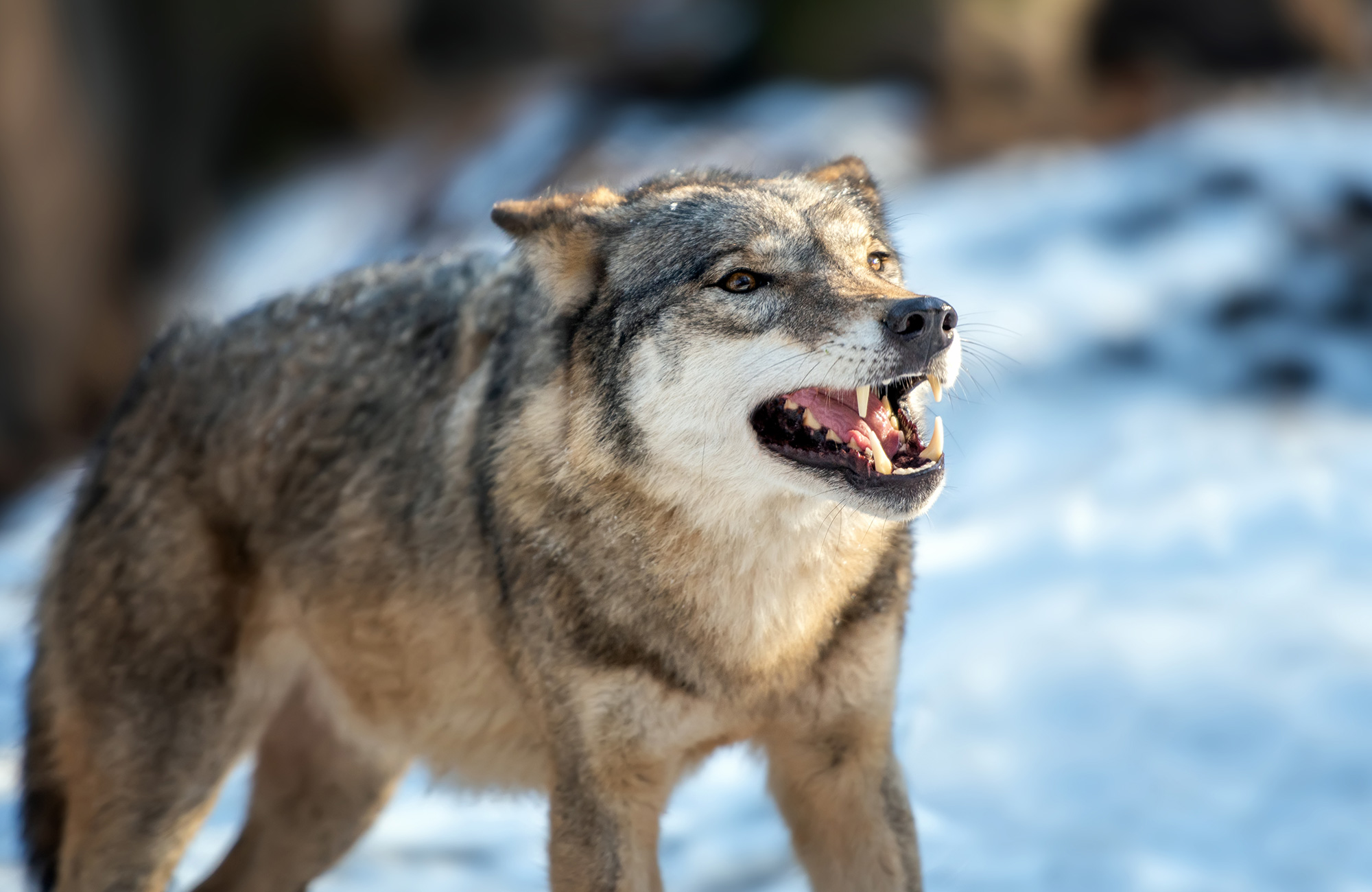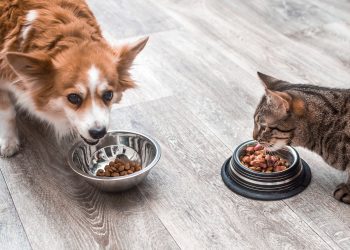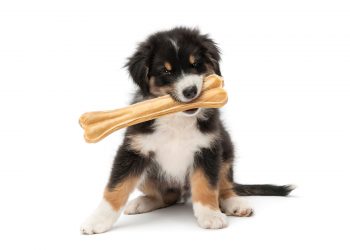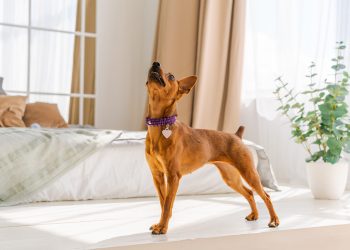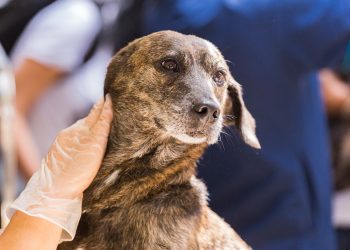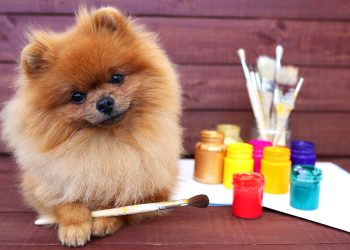When you think of wolf-like dogs, the Northern Inuit Dog and the Tamaskan immediately come to mind. Both breeds have been adored for their majestic appearance that resonates with the raw beauty of wolves. However, choosing between these two breeds requires an understanding of their differences and similarities to ensure they align with your lifestyle.
Origin and Price:
- Northern Inuit Dog (NI): Originating from England, the NI is a crossbreed falling under the guard dogs’ category. Typically, their price ranges from 800 to 1,000 USD.
- Tamaskan: Native to Finland, the Tamaskan is a purebred sled dog. You can expect to pay between 600 to 800 USD for one.
Physical Characteristics:
- NI: Possessing a thick, medium-length double coat, NI dogs can be found in shades of black, cream, grey, and white. Males stand around 27.5 inches tall, weighing up to 94.5 pounds, while females are slightly smaller.
- Tamaskan: This breed showcases a coarse outer double coat in reddish hues mixed with black, cream, and grey. Male Tamaskans have an average height of 26.5 inches and weigh about 82.5 pounds, with females being slightly smaller.
Temperament:
Both breeds share many behavioral traits, including alertness, curiosity, energy, loyalty, and sociability. While they have a generally positive disposition, it’s essential to note:
- NI: Known to be slightly more independent, the NI can sometimes display mouthiness, play-biting, or nipping. They are also quite adaptable to varying living conditions and are usually friendly towards children and seniors.
- Tamaskan: Tamaskans, while also being somewhat independent and antisocial, tend to be more sensitive to loud environments and frequent visitors. Their behavioral tendencies are much like the NI, including the potential for mouthiness.
Health:
- NI: Generally healthy, NIs might require regular vet visits. Common health issues include hip dysplasia, epilepsy, and Addison’s disease. Their lifespan ranges between 12 to 14 years.
- Tamaskan: This breed tends to have more frequent health issues such as eye problems, ear infections, and degenerative myelopathy. A Tamaskan’s life expectancy is around 14 to 16 years.
Are Northern Inuit Dogs Good Pets?
The Northern Inuit, with its affectionate and intelligent demeanor, makes an excellent pet for those familiar with dog training. While they are loyal and good-natured, they need a consistent training approach given their intellect and independent streak. Their diet primarily consists of high-quality dry dog food, though any significant dietary changes should be consulted with a vet.
Both Northern Inuit Dogs and Tamaskans are majestic breeds that make wonderful companions for the right owners. Ensuring you’re familiar with their needs and characteristics is essential before bringing one into your home.

Next on your reading list:
